|
Experiential learning resources for the innovative educator
Inquiry-based learning is a student-centered approach to content and skills exploration. Students construct meaning through the exploration of their own questions.
But where do those inquiry questions come from? From observations and personal experiences! Check out these three super simple observation activities for inquiry-based learning inspiration.
Questions steer inquiry-based learning experiences. For example, a testable question is needed for a scientific open-inquiry experiment, a driving question is a framework for project-based learning experiences, and so on.
But the development of a great inquiry-based learning question starts with making observations; having experiences that lead to questions. Making observations seems like a fairly straightforward concept. You could easily ask a group of students what they are currently observing, but students (my students anyway) need a little scaffolding and direction. There are ways to set the stage for successful observation-making, which ultimately inspires inquiry-based learning questions that students care about. Three Super Simple Observation Activities for Inquiry-Based Learning Inspiration
Pave the Way for Great Observation-Making
An important part of observation-making is setting the stage. Ideally, you would spark observations by setting up a stimulating environment.
Sure kids could observe within school walls, but there are much more interesting ways to engage learners in making observations. The first step in this observation activity for inquiry-based learning is to set the stage in a way that encourages detailed observations. How do you do this? Observation Exercise Step 1: Set the Stage
Practice Making Detailed Observations Using the Senses
When it comes to making observations, you could simply say to your students, "Okay, take a look around. What do you notice? What do you see?"
That's a great start and might work for a minute. But kids tend to focus on the obvious at first. For example, "I see walls." Okay, what do the walls look like? What colors are the walls? Are they tall or short? Are they all the same length? Are there windows? Is there anything on the walls? Does anything about the walls surprise you? Now feel the walls. Describe the texture. Are there any inconsistencies in the texture? Are they hot or cold? Tap on the walls. What sound do you hear? Does the sound change when you tap on different spots? You get the point. It's easy to say "I see walls". Yes, your student is technically making an observation. But the deep and meaningful questions for inquiry-based learning that could result from an observation like that are limited. Help students practice making detailed observations so that asking questions for future inquiry investigations becomes more fluid and natural. Observation Exercise Step 2: Practice! Have students choose an object and practice making detailed observations. Use my free guiding template to make this simple activity even easier. You could also have students practice observing an event or phenomenon rather than an object using the same idea. I am a science teacher, so do a lot of this, but even if you're not a science teacher and would like a simple practice video, check out this thermohaline circulation demo that I have on Youtube. The video walks students through the process of observing the phenomenon demonstrated in the video.
Scaffold and Facilitate
A huge part of teaching students how to make observations is to be there to support the process. The job of an experiential educator, and therefore, facilitator of inquiry-based learning experiences, is not to tell students what to observe, but to help them develop the skills to make these discoveries on their own.
Observation Exercise Part 3: Scaffold with More Questions After students have made observations in the previous activity, have them grab a notebook and list as many questions as they have about those observations as possible. Get together in a large group or in small teams to share their observations and questions. As they share, answer students' questions with more questions
The last step of this exercise encourages deeper thinking AND more observation-making. It helps students develop the skill detailed observation-making; not settling on surface-level observations.
This observation activity for inquiry-based learning doesn't have to be difficult or challenging. In fact, bypassing this low-maintenance and low-prep exercise may lead to future headaches.
Making observations is not intuitive. It is a skill that can be taught. Give students the opportunity to learn how to make good observations, which will lead to great inquiry-based learning questions.
Helpful Resources:
Inquiry-Based Learning Blog Posts:
Join our experiential learning Facebook group!
Did you know there is an experiential learning Facebook group? Check that out - Experiential Learning Community for K12 Teachers - and join in the discussion about experiential learning ideas! Find us on social media! Follow Experiential Learning Depot on Pinterest, Youtube, and Instagram for more on experiential education, and check out my shop for experiential learning resources. Observe. Question. Explore. Share.
0 Comments
Your comment will be posted after it is approved.
Leave a Reply. |
Blog IntentTo provide innovative educational resources for educators, parents, and students, that go beyond lecture and worksheets. AuthorSara Segar, experiential life-science educator and advisor, curriculum writer, and mother of two. Categories
All
|
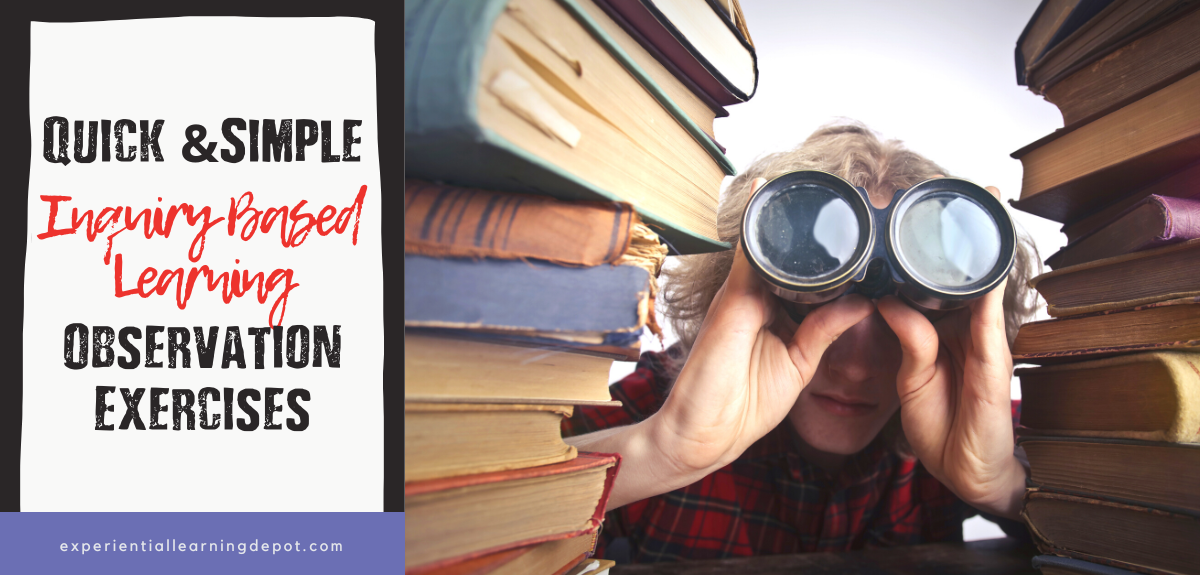
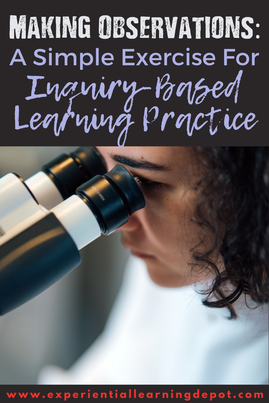
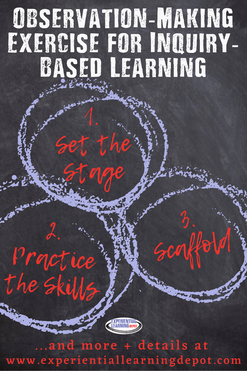
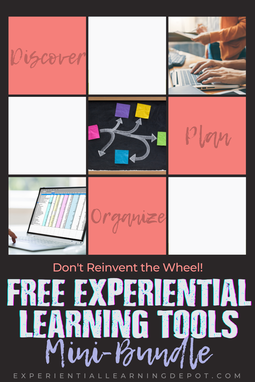
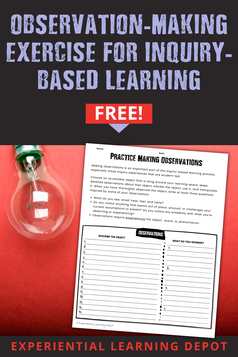
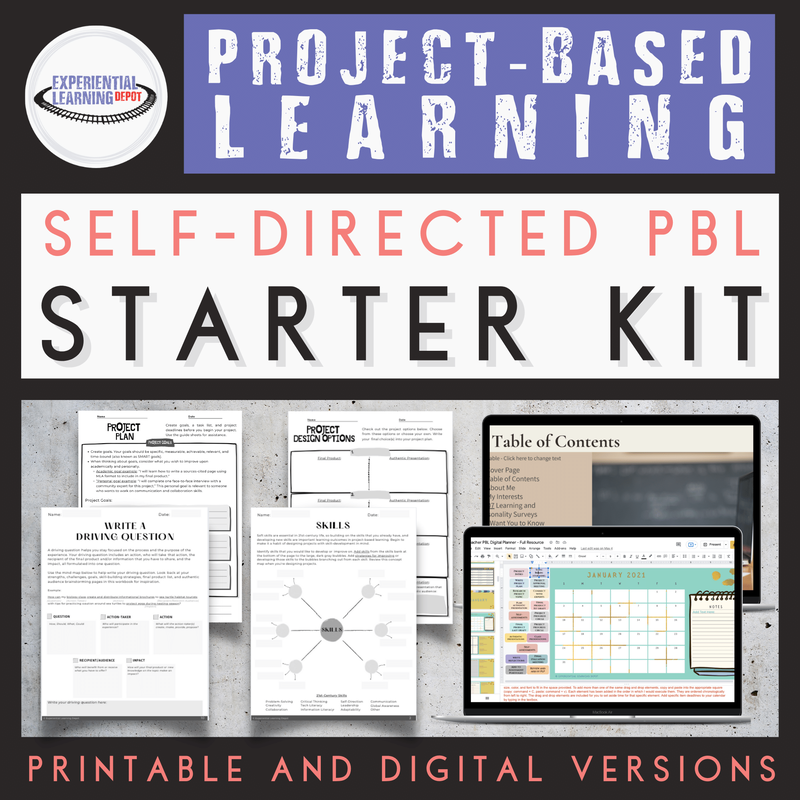
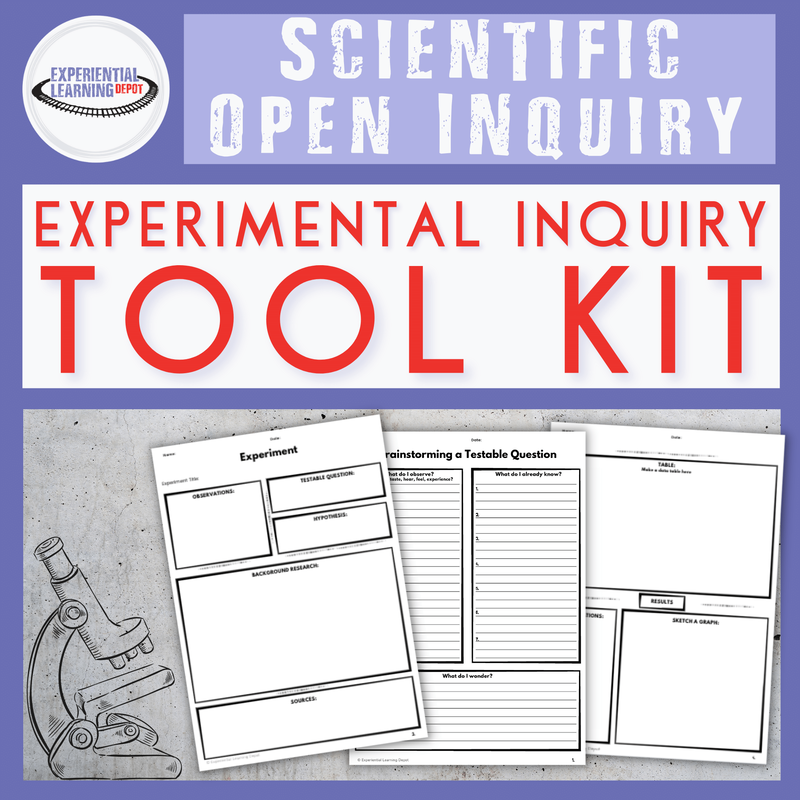
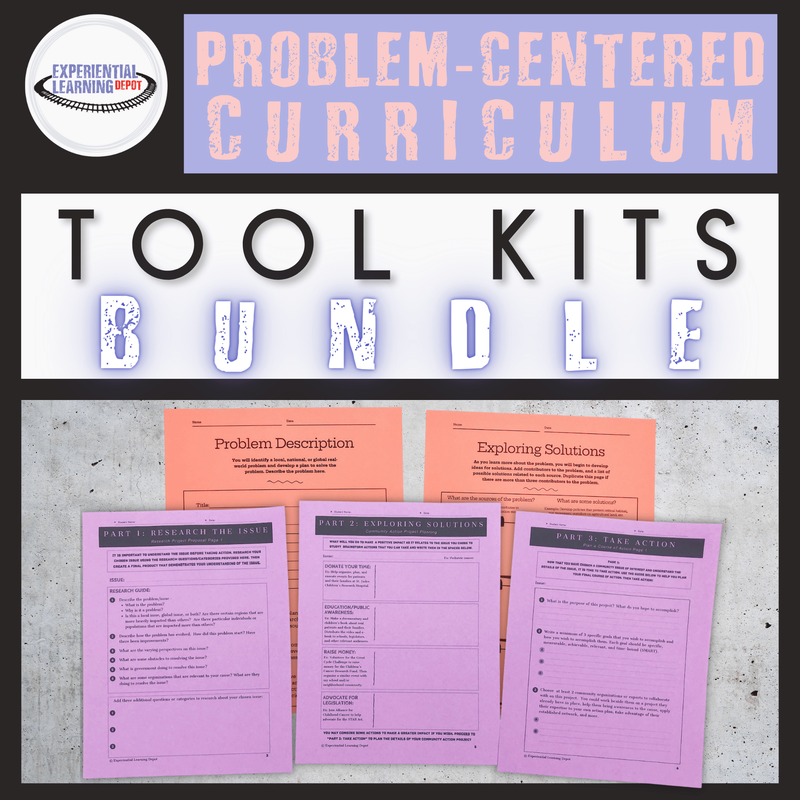


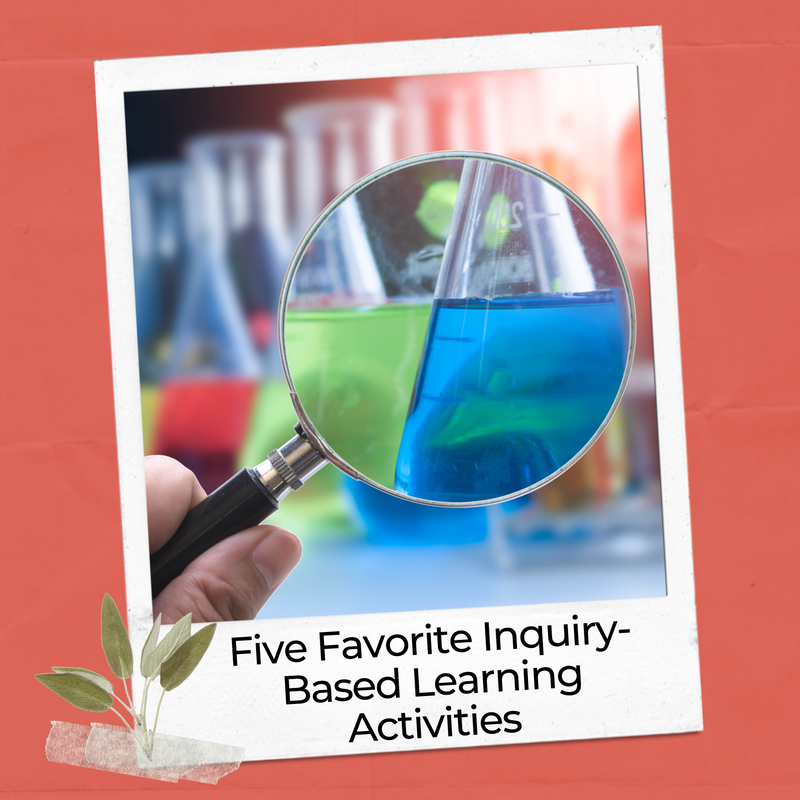


 RSS Feed
RSS Feed